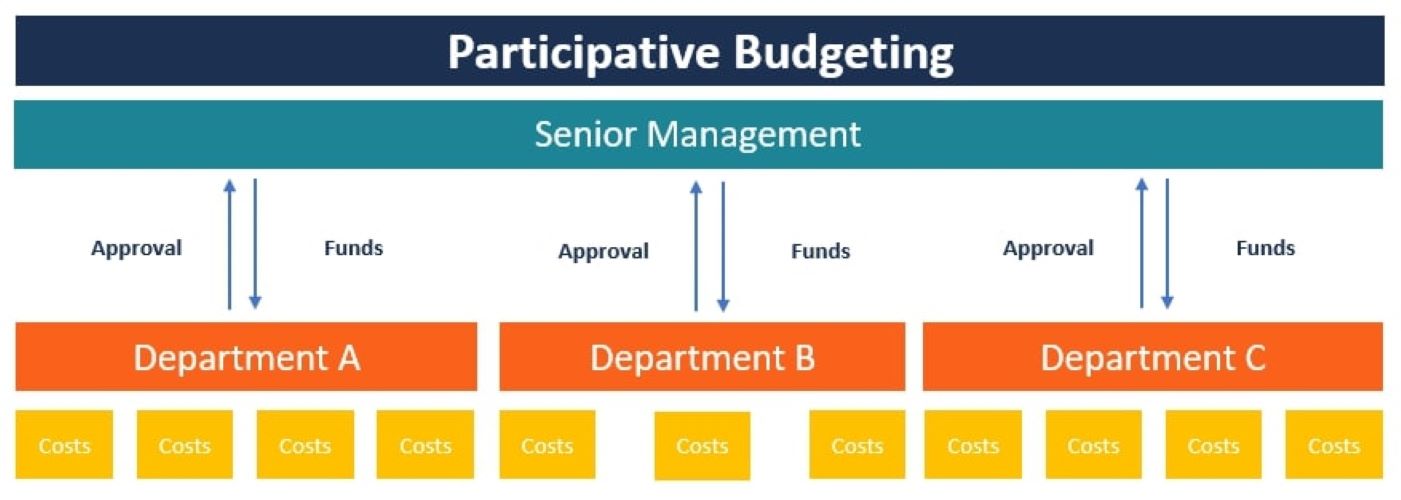Home>Finance>What Is A Participating Policy? Definition And How It Works


Finance
What Is A Participating Policy? Definition And How It Works
Published: January 6, 2024
Learn about participating policies and how they work in the world of finance. Understand the definition and benefits of this type of policy.
(Many of the links in this article redirect to a specific reviewed product. Your purchase of these products through affiliate links helps to generate commission for LiveWell, at no extra cost. Learn more)
Understanding the Concept of Participating Policies in Finance
Finance is a vast field that encompasses various instruments and strategies to help individuals and businesses manage their money effectively. One such instrument that you may come across is a participating policy. In this blog post, we will delve into the definition of a participating policy and explore how it works.
Key Takeaways:
- A participating policy is a type of insurance policy where the policyholders share in the profits of the insurance company.
- Participating policies typically pay policyholders annual dividends, which can be used in several ways.
So, what exactly is a participating policy? Simply put, it is a type of insurance policy in which the policyholders not only receive the customary insurance coverage but also share in the profits of the insurance company. These policies are commonly associated with life insurance, but they can also be found in other types of insurance, such as property and casualty.
How does a participating policy work? Let’s break it down:
1. Policyholders as Co-owners
When you purchase a participating policy, you become a co-owner of the insurance company, along with other policyholders. As a co-owner, you are entitled to a share of the company’s profits.
2. Annual Dividends
One of the primary ways in which participating policies benefit policyholders is through annual dividend payments. These dividends represent a portion of the company’s profits and are distributed to the policyholders.
Now, let’s highlight some key takeaways:
- A participating policy is a type of insurance policy where the policyholders share in the profits of the insurance company.
- Participating policies typically pay policyholders annual dividends, which can be used in several ways.
3. Dividend Options
When you receive annual dividends from a participating policy, you have several options for utilizing them:
- Premium Reduction: You can choose to use the dividends to reduce the premiums you pay for your insurance policy.
- Cash Payout: Another option is to receive the dividends as a cash payout, providing you with extra income.
- Accumulate: You may also decide to let the dividends accumulate within the policy and earn interest over time.
- Reinvest: Lastly, you can choose to reinvest the dividends into your policy, allowing them to grow and compound over the long term.
4. Enhanced Participating Policies
Some insurance companies offer enhanced participating policies, which provide policyholders with additional benefits. These enhancements can include increased dividend rates, additional coverage options, or unique features tailored to specific needs.
5. Participating Policy Risks
While participating policies offer potential benefits, it’s essential to consider the associated risks. The dividends you receive are not guaranteed and depend on the company’s profitability. Economic conditions, investment performance, and claims experience can all impact the dividends paid to policyholders.
Remember, participating policies can vary from one insurance company to another, so it’s crucial to carefully review the terms and conditions before making a decision.
Now that you understand the concept of participating policies, you can make more informed choices when it comes to your insurance needs. Whether you wish to enjoy the additional benefits of shared profits or prefer a different type of policy that better suits your requirements, exploring the diverse options available is always a wise financial move.














